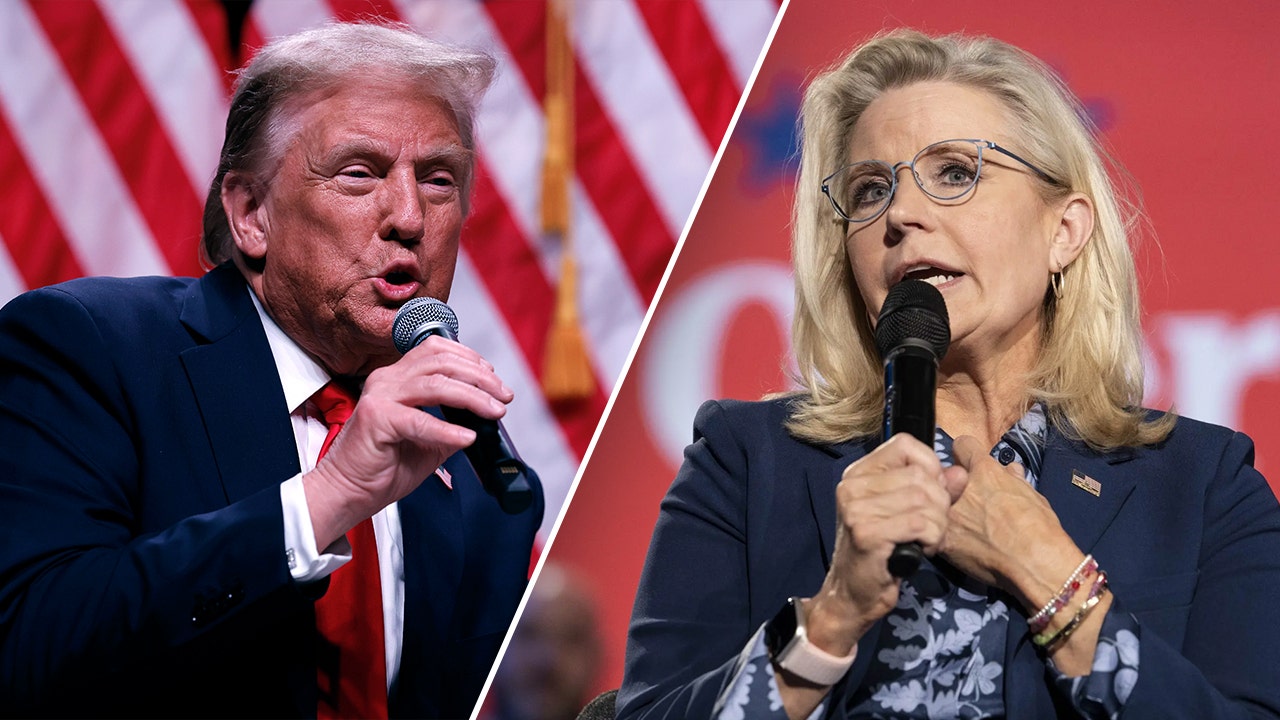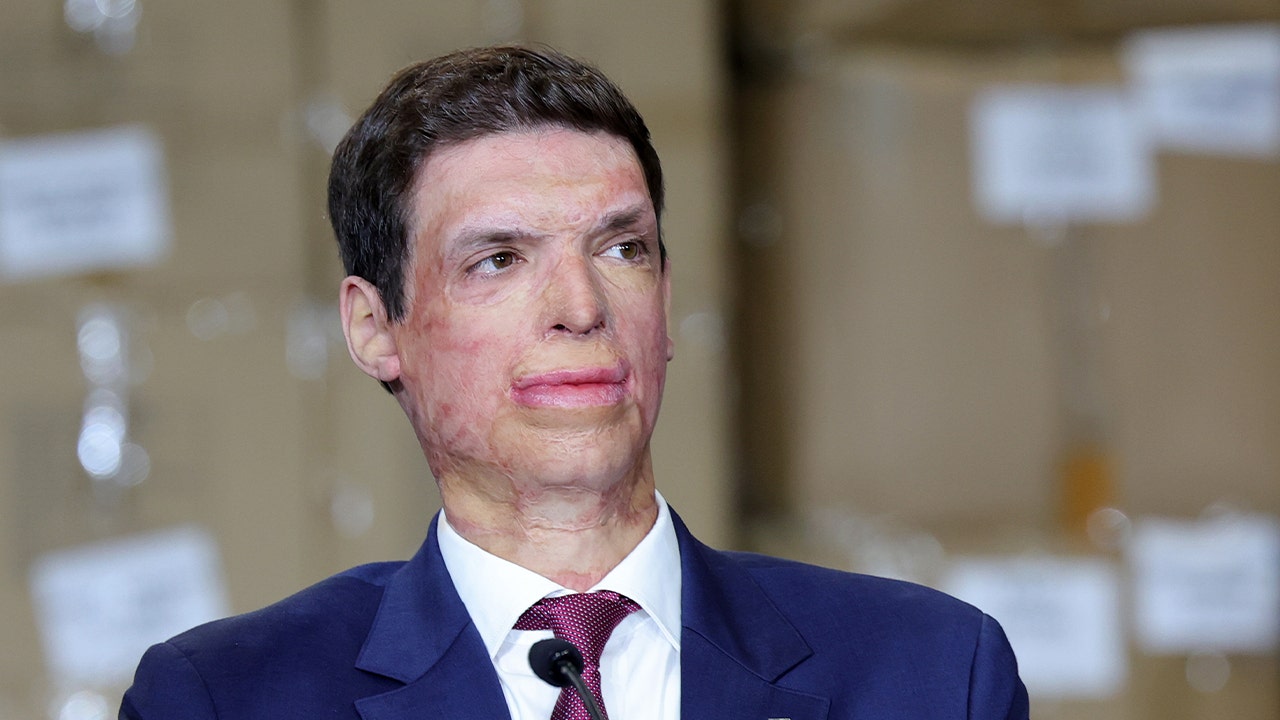The former Independent candidate, who is expected to be health czar under Donald Trump, has a history of spreading conspiracy theories
Conspiracy theorist and likely Trump administration appointee Robert F. Kennedy Jr. may be best known for his anti-vaccine stances, but he recently turned his attention towards America’s dental hygiene — more specifically, the presence of fluoride in drinking water.
“On Jan. 20, the Trump White House will advise all U.S. water systems to remove fluoride from public water,” he posted on X, formerly Twitter, on Nov. 2, before going on to claim that “fluoride is an industrial waste associated with arthritis, bone fractures, bone cancer, IQ loss, neurodevelopmental disorders, and thyroid disease.” While there can be medical and dental problems associated with drinking water with exceptionally high levels of fluoride, decades of research demonstrate that adding an appropriate amount of fluoride to a community’s water supply is a safe and effective way of reducing tooth decay in children and adults.
At a rally over the weekend, Trump announced that he would let Kennedy — an environmental attorney lacking degrees in medicine or public health — “go wild on health,” though he wouldn’t have the power to unilaterally decide to stop the fluoridation of water.
The Centers for Disease Control and Prevention (CDC), on the other hand, considers fluoridated water one of the “greatest achievements in public health in the 20th century,” and synthetic fluoride has been added to toothpaste to help prevent cavities since 1956.
But what, exactly, does fluoride do, and how did it end up in our water in the first place? Here’s what to know about the decades-old program, and what eliminating it would do to our dental health.
What is fluoride?
Fluoride is a mineral found in some rocks, soil, water, and even certain foods, says Chelsea Perry, DMD, the owner and practicing dentist at Elite Dental Studio. “It’s known for its role in strengthening enamel and preventing tooth decay, which is why you see it in toothpaste and mouthwash,” she tells Rolling Stone. “When it’s present, enamel becomes more resistant to cavities, even reversing early decay in some cases.”
Editor’s picks
According to Lauren Becker, DDS, a dentist with a private practice in New York City, fluoride acts as a dental barrier between teeth and helps keep them strong during everyday use, like chewing, drinking and eating. “Fluoride creates a shield so that the tooth is protected from potential bacteria, plaque and overall buildup from occurring,” she tells Rolling Stone.
Why is fluoride in our water supply?
Some parts of the country have naturally occurring fluoride in their drinking water supplies. In the 1940s, scientists noticed that people living in areas with water naturally containing at least one part fluoride per one million parts water had fewer cavities than those with less or no fluoride in the public water supply. After studying the prevalence of cavities in children in 26 states, it confirmed that having a minimum fluoride level in drinking water helped to prevent and minimize cavities.
In 1945, Grand Rapids, Michigan, voted to become the first city in the world to adjust the fluoride levels in their public water supply in order to improve residents’ oral health. Five years later, the American Dental Association, United States Public Health Service (USPHS), and U.S. Surgeon General all endorsed the fluoridation of water. By 1969, nearly 44 percent of Americans had access to fluoridated tap water; by 2012, it was up to 67 percent.
Why has there been a movement against fluoride?
As was the case with Covid-era public health measures like masking, isolation, and vaccines, some have opposed the addition of fluoride to water supplies since it was first introduced. “Some of the controversy is over medical freedom, which rests on the idea that citizens should decide these types of issues of what is put into water and foods rather than federal bureaucrats,” says Fadi Swaida, DMD, a dentist at Bond Street Dental.
Related Content
There has also been ongoing concern about a possible relationship between fluoridated water and cancer risk, stemming from a 1991 study by the National Toxicology Program (NTP) which found that male rats given water with high levels of fluoride for a two-year period had an increased number of bone tumors. However, multiple population-based studies since then have found no evidence of an association between fluoridated drinking water and the risk of bone cancer in humans.
But it is possible to get too much of a good thing. For instance, an NTP report published in August concluded that drinking water containing higher-than-recommended levels of fluoride is “associated with lower IQ in children.” Additionally, a 2021 comprehensive review of existing studies noted that drinking water with excessive amounts of fluoride can result in arthritis, osteoporosis, muscular damage, fatigue and joint-related problems.
Taking this research into account, the USPHS recommends a fluoride concentration for drinking water that benefits oral health, but is low enough to minimize potential health risks. “While concerns over the safety of fluoride should be addressed, most in the medical community understand that the amounts used in public drinking water fall well below the threshold of the amount causing harm, according to the data,” Swaida tells Rolling Stone
What would happen if fluoride is removed from the public water supply?
In short, it would be detrimental to our dental health. “If fluoride is taken out of the water, we may see a decrease in overall oral health and an increase in cavities, tooth decay, root canals and the need for dental implants,” Becker says. “It’s possible to supplement this with getting fluoride other ways, like with toothpaste or mouthwash, but fluoride in water can be highly effective for keeping teeth strong and healthy.”
Removing fluoride from drinking water would also exacerbate existing health disparities — especially for underserved populations who may struggle to access regular dental care, says Melissa Burroughs, public policy director at CareQuest Institute for Oral Health, a national nonprofit focused on creating an accessible, equitable, and integrated oral health system.
“Given the high number of Americans without dental insurance, it’s vital that we maintain simple, preventive measures like fluoride in our water systems,” she tells Rolling Stone. “For these communities, the absence of fluoride in drinking water can lead to higher rates of untreated cavities, which, beyond physical discomfort, can result in severe oral infections.”
Trending Stories
To get a preview of what happens when fluoride is no longer added to the water, look no further than the city of Calgary, Canada, which stopped fluoridation in 2011 because the infrastructure required for the process had reached the end of its lifespan. Since then, the rates of dental treatments under anesthesia have risen steadily, as cavities have gotten larger and more numerous, according to James A. Dickinson, a professor of medicine at the University of Calgary. “We are concerned about avoidable and potentially life-threatening disease, pain, suffering, misery and expense experienced especially by very young children and their families due to dental decay,” Dickinson told CTV News Calgary.
Burroughs hopes that something similar won’t happen in the U.S., and that as new policy makers take office, oral health remains a priority in 2025. “This includes maintaining the oral health gains we’ve made through public health and health coverage measures,” she says.

 2 hours ago
1
2 hours ago
1
















.png)

.png)
.png)
.png)













 English (US) ·
English (US) ·  Hindi (IN) ·
Hindi (IN) ·